Mozambique: BIOFUND participates in the IUCN World Conservation Congress 2025 in Abu Dhabi
Mozambique: Happy belated 65th anniversary dear Gorongosa National Park!
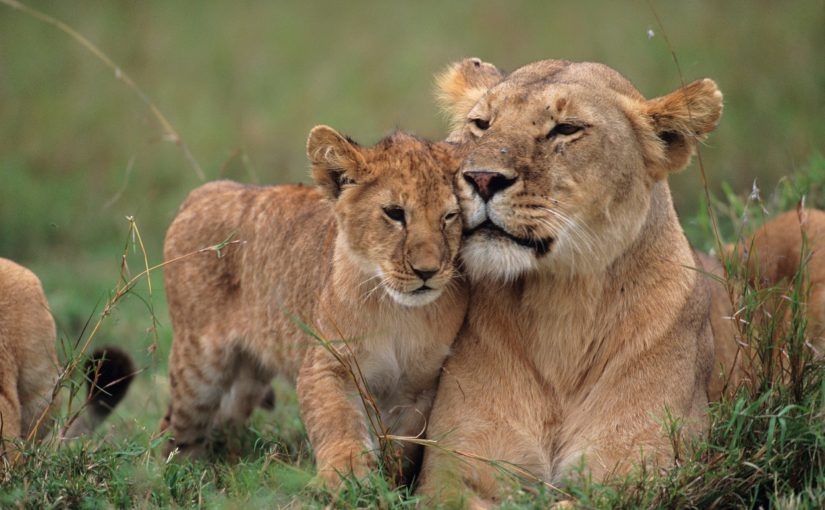
Photo courtesy: Gorongosa National Park
- Mozambique’s Gorongosa National Park celebrates 65th years with over 110,000 animals
Gorongosa National Park (GNP), in central Mozambique, celebrated its 65th anniversary yesterday with over 110,000 large mammals and 500 butterfly species, combining environmental protection with improving the lives of local communities.
“The people of Gorongosa National Park and neighbouring communities are demonstrating what is possible when people and the planet thrive together. Here’s to 65 years of wild beauty, bold ideas, and shared purpose,” reads a statement published yesterday on the park’s official website, highlighting advances in rewilding and community engagement as pillars of its ecological and social mission.
Created in 1960, the park lost almost all of its large fauna during the war years, but today, thanks to a “bold restoration vision” and “translocation efforts”, more than 110,000 large animals live in Gorongosa National Park, the organization notes in the statement.
Besides the large animals, the GNP has also become a “butterfly paradise,” thanks to the cultivation of vegetables that attract the insects by families in the surrounding areas.
“Now more than 500 species of butterflies call Gorongosa home—thanks to local families who cultivate plants that function as butterfly condominiums. Nature is so multifaceted,” the park stated.
According to the GNP publication, the Gorongosa project also includes youth education programs, participatory science, and sustainable income generation for local communities.
“Our mission today [is] to protect biodiversity and improve people’s livelihoods. Rewilding, youth education, and community-led conservation,” the park concludes.
Gorongosa National Park documented 110,513 large animals in an aerial survey, setting a historic record for counting the different species present in that protected area in central Mozambique, Lusa reported in February.
“The count, conducted across 197,000 hectares between October 8th and 22nd, documented 110,513 large animals, the highest number ever recorded,” states a park report.
The park further explains that Gorongosa serves as a refuge for vulnerable and “critically endangered” species, including 274 ground hornbills and 73 active vulture nests, 29 of which belong to white-headed vultures.
In 2008, the foundation of American millionaire and philanthropist Greg Carr signed a 20-year park management agreement with the Mozambican government – extending it for another 25 years in 2018 – which has led to its renewal on several fronts, with social projects combined with conservation and the number of animals growing from 10,000 to over 100,000.
The park represents almost a world of its own in Mozambique, with 1,700 workers, including seasonal workers, and a force of wildlife rangers operating throughout the territory. Coffee and Gorongosa honey are already produced within the park, with exports in mind, providing income for thousands of families.
Gorongosa National Park is located in Sofala Province, central Mozambique, in the district of the same name, located on the southern border of the Great African Rift Valley.


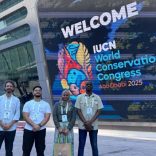

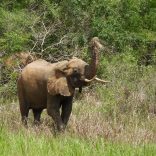
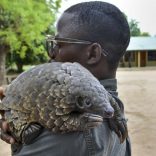




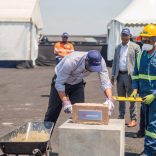

Leave a Reply
Be the First to Comment!
You must be logged in to post a comment.
You must be logged in to post a comment.